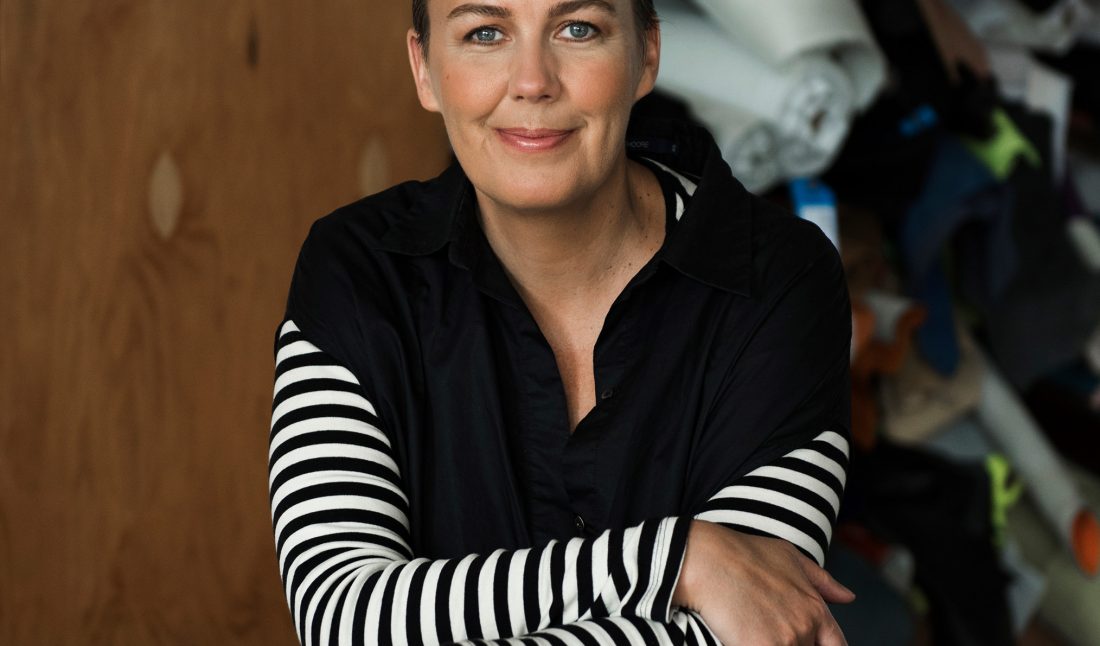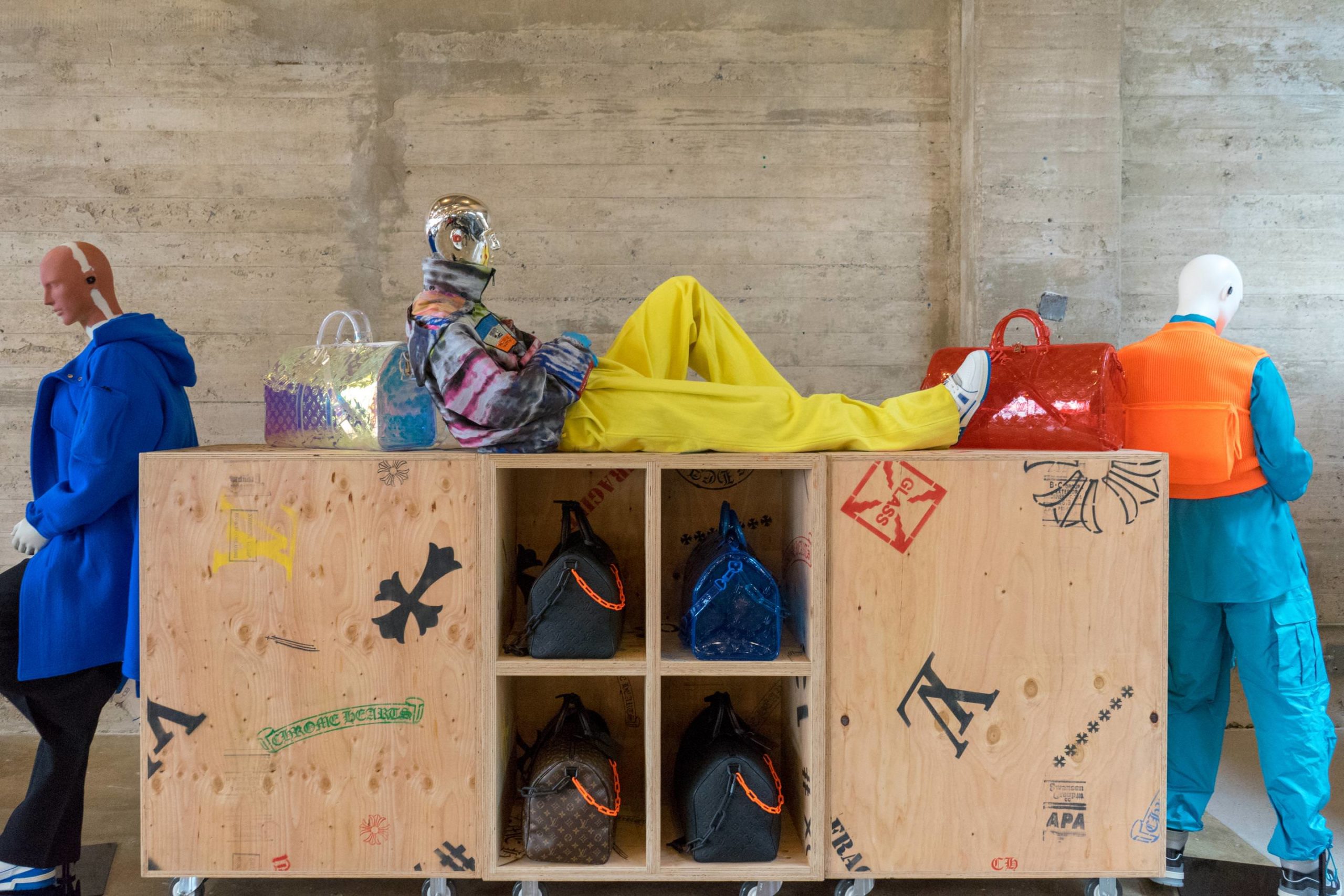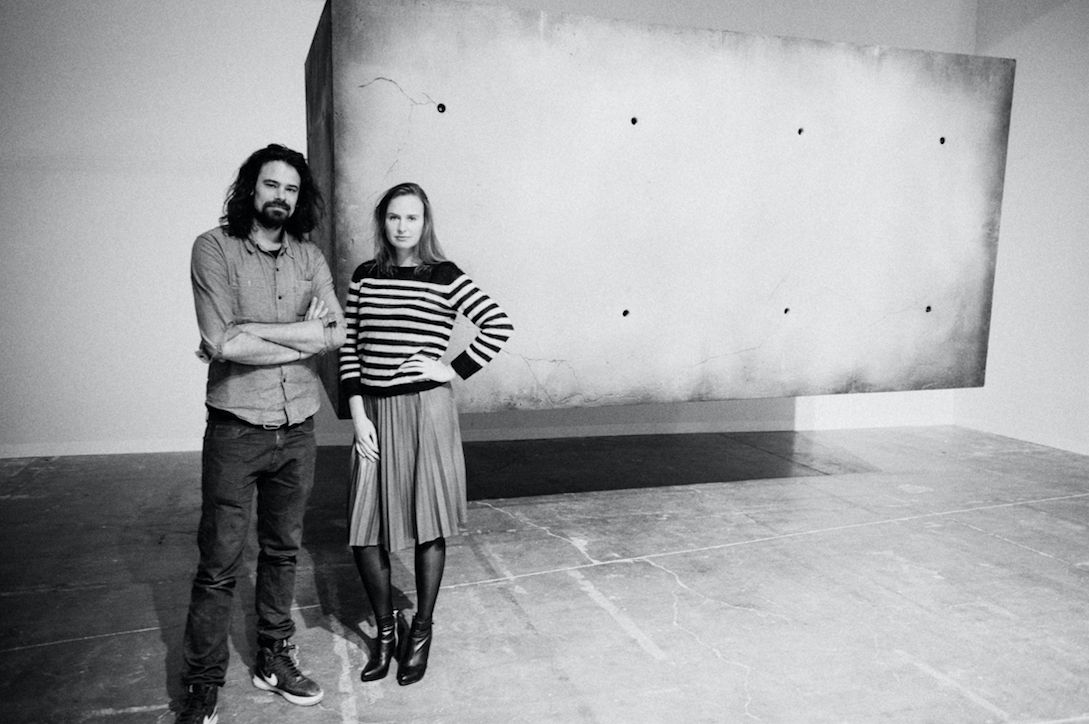Hannah Jones joined Nike nearly 20 years ago with the desire to improve conditions for supply chain workers. She quickly realized that an entirely new business model needed to be created, based on what the fashion industry now knows as the Triple Bottom Line: sustainably using economic, social, and environmental resources while creating profit. “The piece that really hooked me was how to be an environmental activist using the power of design,” she said when Whitewall spoke to her recently to hear more about Nike’s continued role in sustainable design.
Now, she’s working on energy-efficient strategies, innovating materials, and incorporating sustainable ways to make and remake materials for products. Nike’s recycling Reuse-A-Shoe program is an example of this, as is Nike Grind—using discarded or donated waste materials, for the breakdown and buildup of new products. Since 2010, Nike has diverted over four billion plastic bottles from landfills and recycled them into this polyester fabric. Today, about 75 percent of all Nike apparel contains some form of recycled material.
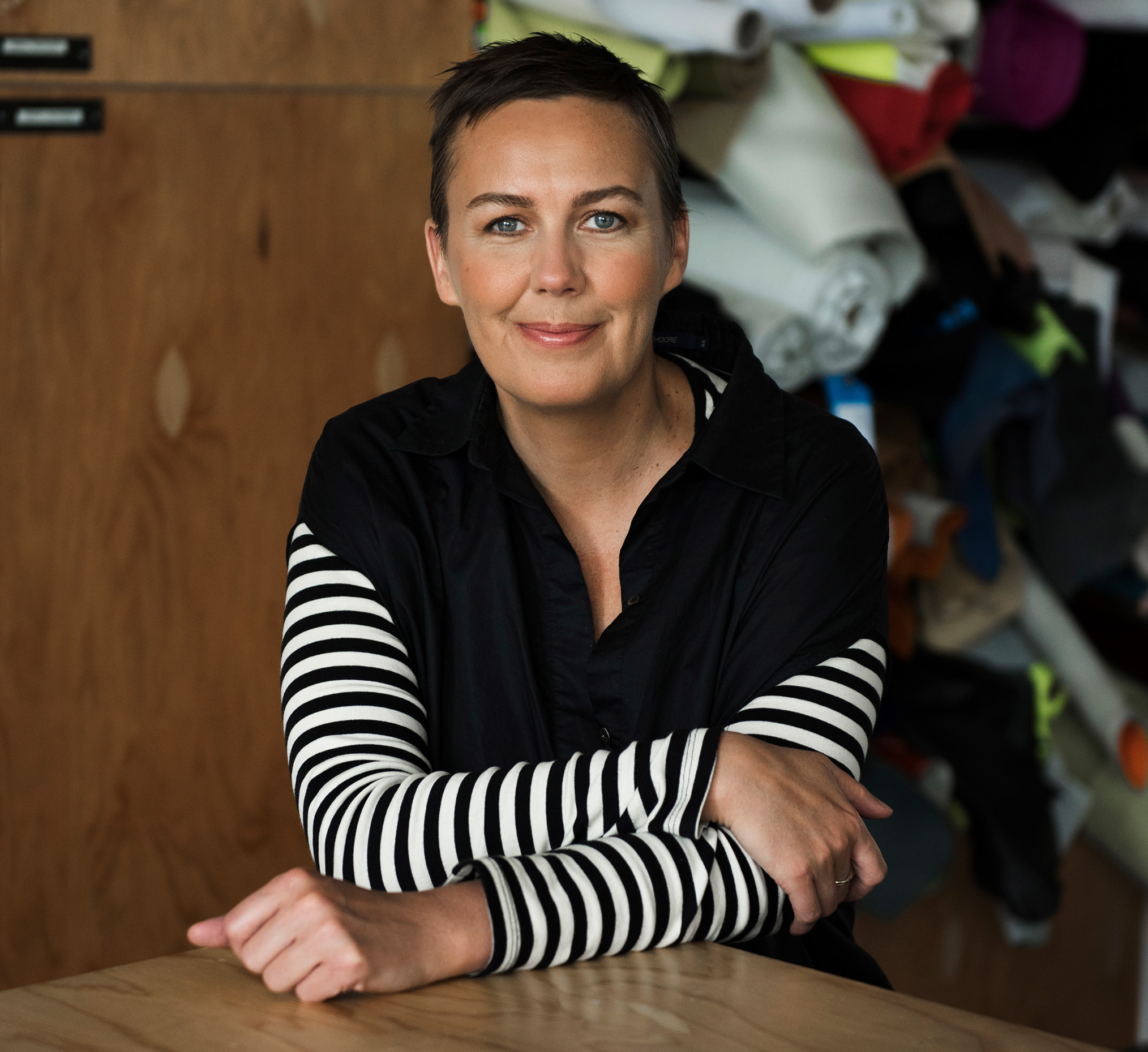 Hannah Jones
Hannah Jones Photo by Jeff Dey
Courtesy of Nike
WHITEWALL: Tell us a bit about your role at Nike as the chief sustainability officer and vice president of the Innovation Accelerator.
HANNAH JONES: The role has significantly changed since the early days when we started looking at supply chain, working conditions, and the environment. It is now an innovation role, predominantly because of our approach to sustainability. The bulk of our work today is innovating the future of the supply chain, products, and materials—all in service of our long-term “moon shot,” which is to double our business while halving our impact.
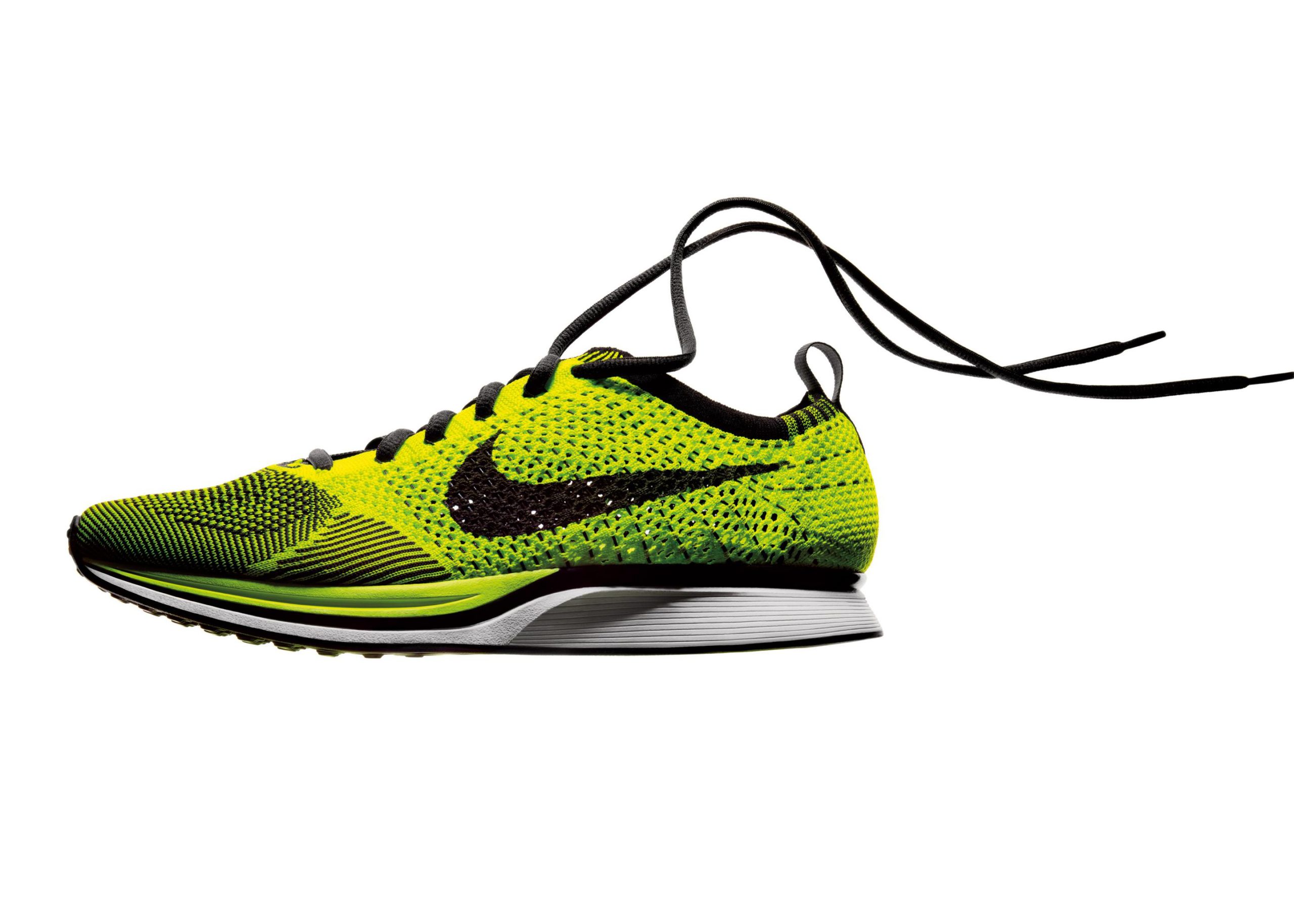 Nike Flyknit Original Shoe
Nike Flyknit Original Shoe Courtesy of Nike
The connection in my mind is that ultimate need to create—not just retrofit business models that were built in the 20th century, but to create the business of the 21st, where sustainability, and a license to operate, will be a factor built in to the beginning. We need to bring to life multiple new business models.
WW: About 60 percent of the environmental impact of a pair of Nike shoes is found in the materials to make them. Last year, Nike released Flyleather, which is 50 percent leather fiber and uses 90 percent less water and has an 80 percent lower carbon footprint than traditional leather manufacturing. Tell us a bit about this and how it’s monitored by the Sustainable Business and Innovation team.
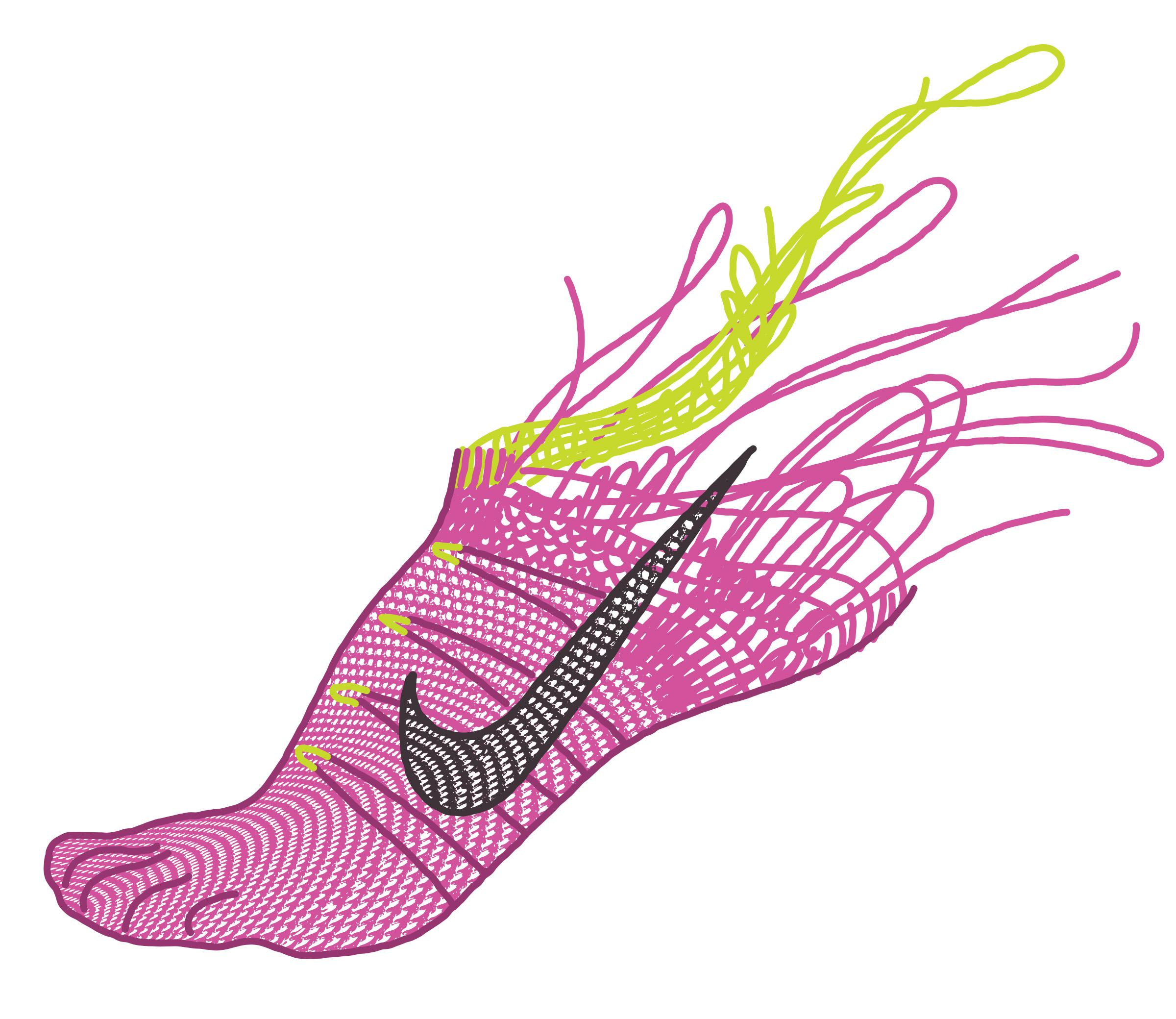 Courtesy of Nike.
Courtesy of Nike.
HJ: Leather, despite not actually being our biggest in volume material—that would be more cotton and polyester—is number two in our heaviest impact on water and carbon. The problem with leather becomes how we address that. We got a team together, and they scoured the world and found some amazing partners that were doing work with thinking about this super-performance approach to leather. We then brought our own technical people in, and working together with the R and Ds, created Flyleather.
It brings to life our zero-compromise mantra because not only does it have a 90 percent reduction of the water use, and it keeps that reduction on the carbon footprint, it’s also four to five times stronger and lighter, and it’s longer-performance. It’s great for the environment and it is great for the consumer in terms of performance.
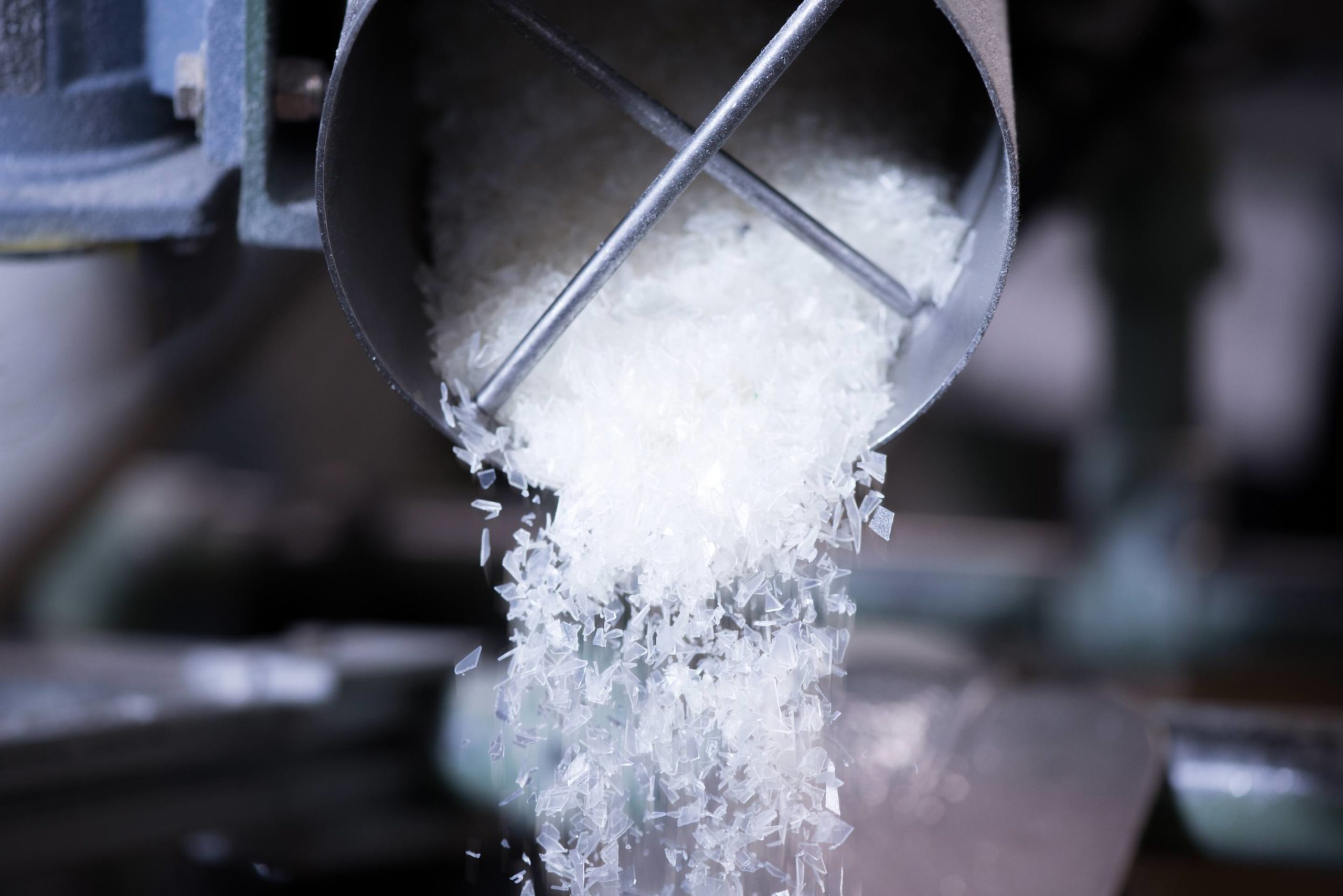 To-be-recycled scrap material at Nike’s Air Manufacturing Innovation facility
To-be-recycled scrap material at Nike’s Air Manufacturing Innovation facility Courtesy of Nike
WW: Like Flyleather, Flyknit has been such a huge success over the past few years. Since its inception, it has reduced more than approximately 3.5 million pounds of waste by using recycled polyester yarns. Can you tell us a bit about this?
HJ: The question was, “How can you do less for more?” At one point, we measured it to be around a billion dollars’ waste falling on the factory floor in one year. Once we knew that data point and how important it would be to reduce that waste, we set that as a challenge for the company. “How can we go about using what we know about knitting with 3-D geometry to think about how we merge that for the upper of a shoe?” That’s where Flyknit was born.
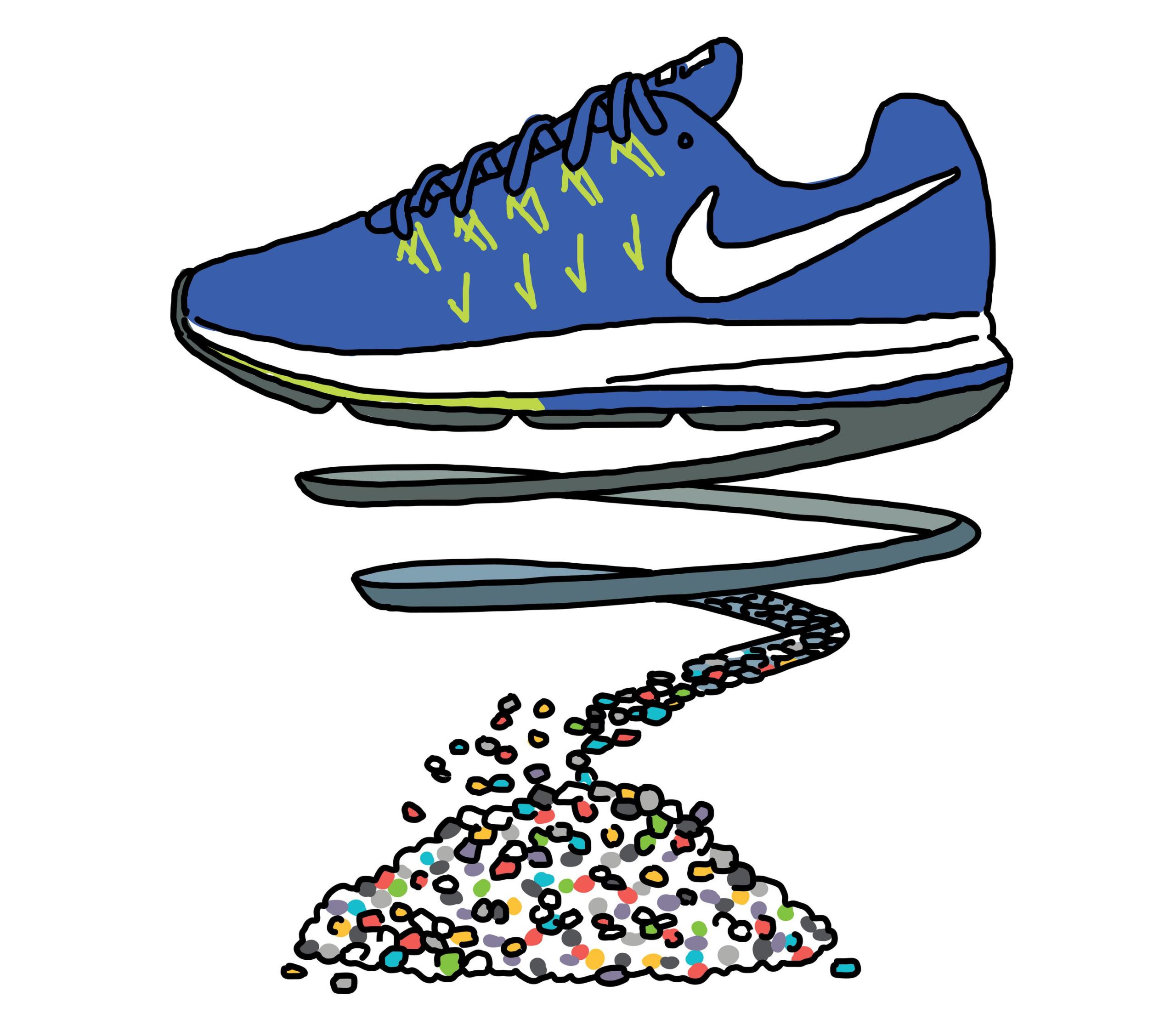 Courtesy of Nike.
Courtesy of Nike.
The upper of Flyknit, with the yarns being made out of recycled polyester, has almost zero waste, and the yarns can be reused in the next Flyknit shoe. They all layer on each other. These innovations all click together, ultimately, as an overall shift in how we think about the product and how we think about the entire business, with sustainability buried into the heart of it versus just being either one single product line of good-quality things.
WW: You mentioned that more than getting those technical capabilities right, it’s about getting the industry right, and recycling the water that is used. Can you tell us a little bit about that?
HJ: A lot of this is about moving an industry, and that’s where we do significant partnership and collaboration—not just with our supply chain partners or chemicals and in the material industry, but also partnering with our competitors to help drive system and industry change together. While we will compete on the field in retail, and in design and innovation, we are also collaborating to raise all the ships across the industry when it comes to the environmental and the social impacts.






